
Viewpoints | Jul 22,2023
Jul 8 , 2023
By Habtamu Lemma (PhD)
I was delighted to visit the agriculture and science exhibition at the Science Museum in Addis Abeba a few weeks ago. I appreciated the government's initiative to showcase and promote some of the existing agricultural science and technology.
As Ethiopia, one of Africa's agricultural powerhouses, contemplates bolstering its agricultural and economic potential, key stakeholders have pinpointed its dairy industry as a sector ripe for transformation. By combining scientific insights and cutting-edge technologies, the country hopes to realise the promise of its livestock sector, which has grown at an annual rate of nearly six percent over the past decade.
Yet, a majority of this growth has come from the sheer increase in livestock numbers and labour, not productivity enhancement - a balance that needs redressing urgently.
Ethiopia, whose economy rests heavily on agriculture, recognises that unlocking the potential of the dairy sector could significantly enhance food security, create jobs, and increase export revenues. A considerable 80pc of the country's export revenues, along with 21pc of government revenues, stem from the export of agricultural products.
The livestock sector alone accounted for a staggering 40pc of the country's agricultural GDP and 20pc of total GDP in 2017.
Nonetheless, despite the sector's impressive contribution to the economy, it is beleaguered with challenges – the most significant being low productivity. The problem is particularly acute in dairy farming, where productivity lags behind potential yield due to inadequate access to inputs, technologies, and veterinary and extension services.
A call for a permanent agriculture and science exhibition at Addis Abeba's Science Museum should gain traction. Such an initiative could inspire and educate future generations about food production processes and ignite a passion for agriculture, potentially leading them to a career in this critical sector.
In focusing on dairy farming, a multi-pronged strategy is required. The country has a unique advantage due to its large population of milking cows, favourable agro-ecology, (the temperate type of highland and mid-altitude), potential for high-quality feed production, and a growing demand for milk in urban areas.
However, these potentials are hindered by issues such as scarcity of livestock feed and weak institutional support, which prevents the industry from transitioning into commercial operations.
Interestingly, these setbacks are unfolding in the midst of a national tree-planting campaign, a commendable environmental conservation endeavour. Yet, this campaign might inadvertently exacerbate the feed scarcity issue as most of the plantations are taking place on pastureland. What is needed is a considered approach to tree planting that favours degraded lands and integrates fodder trees into plantations.
Investments in better genetics, feed, and health services could prove pivotal in boosting milk production. Strategies include introducing cross-bred cows, improved feeding and management techniques, and leveraging technologies to aid productivity. However, this requires significant backing from federal agencies such as the Ministry of Agriculture, its livestock directorate, the Livestock Development Institute and manufacturing industries as well as a robust livestock master plan, which currently seems to be lacking implementation.
The country needs a clear policy framework to stimulate productivity growth through better livestock extension and service delivery systems, better access to input and output markets for livestock producers, and improved education and awareness for farmers. Technology dissemination is an urgent priority, as are finance and durable working areas or land for market-oriented farmers, agribusinesses, and self-employed graduates.
The success of the dairy industry – and the wider agriculture sector – depends on Ethiopia's ability to incorporate scientific knowledge, innovation, and emerging technologies into traditional farming practices. Its future food and livelihood security hinges on farmers' ability to increase productivity, for which they need access to advanced inputs, knowledge, and training.
PUBLISHED ON
Jul 08,2023 [ VOL
24 , NO
1210]


Viewpoints | Jul 22,2023
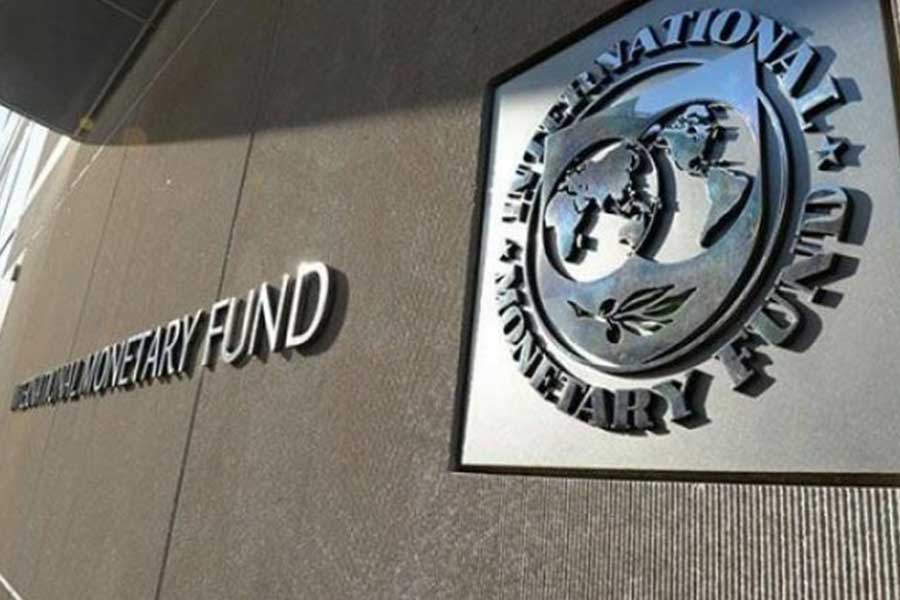
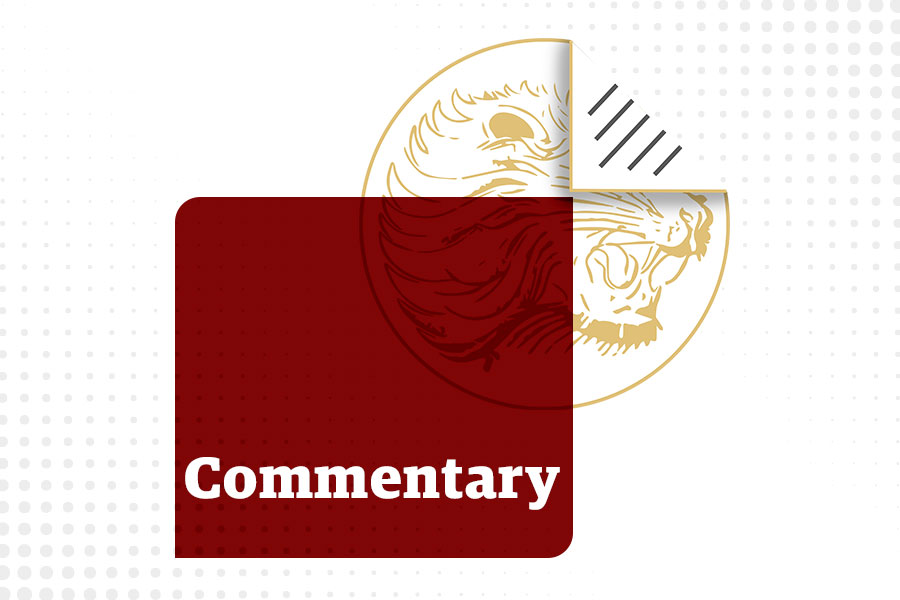
Commentaries | Apr 06,2019

Fortune News | Dec 21,2019

Fortune News | Jun 01,2019

Photo Gallery | 175909 Views | May 06,2019
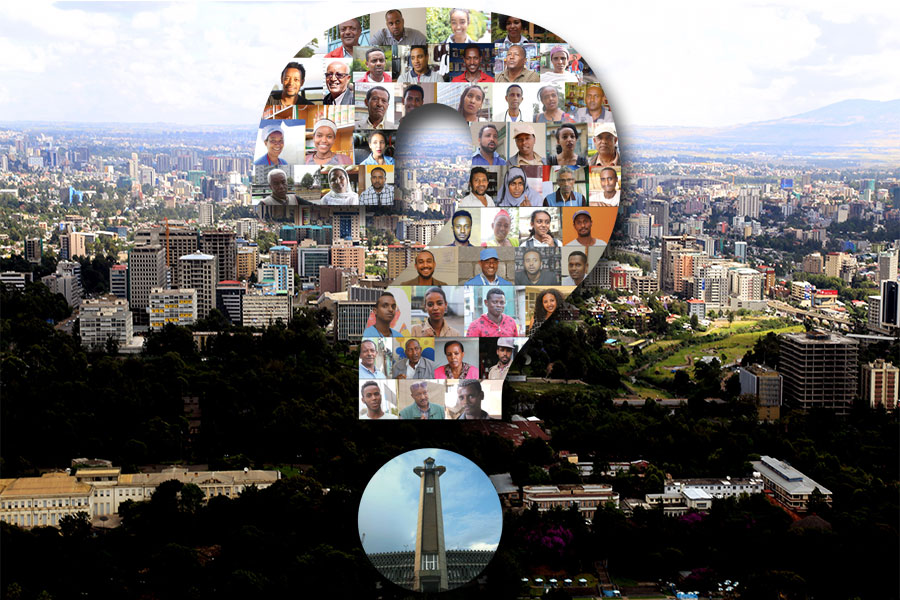
Photo Gallery | 166125 Views | Apr 26,2019

Photo Gallery | 156535 Views | Oct 06,2021

My Opinion | 136852 Views | Aug 14,2021

Dec 22 , 2024 . By TIZITA SHEWAFERAW
Charged with transforming colossal state-owned enterprises into modern and competitiv...
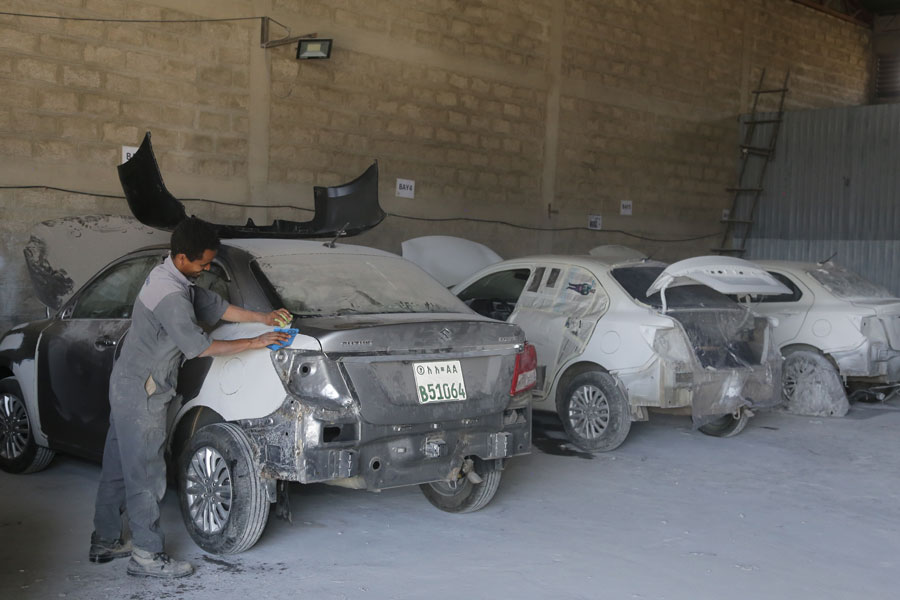
Aug 18 , 2024 . By AKSAH ITALO
Although predictable Yonas Zerihun's job in the ride-hailing service is not immune to...

Jul 28 , 2024 . By TIZITA SHEWAFERAW
Unhabitual, perhaps too many, Samuel Gebreyohannes, 38, used to occasionally enjoy a couple of beers at breakfast. However, he recently swit...
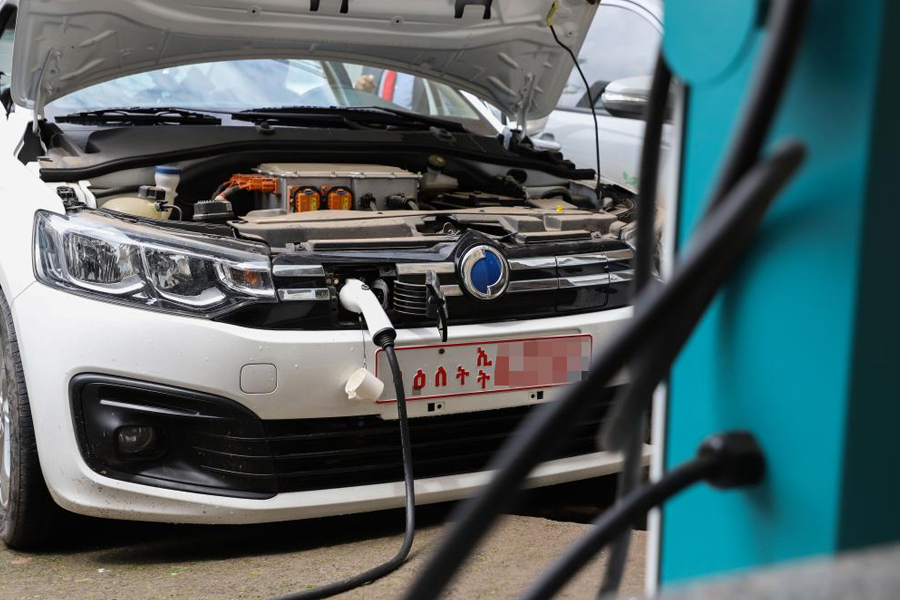
Jul 13 , 2024 . By AKSAH ITALO
Investors who rely on tractors, trucks, and field vehicles for commuting, transporting commodities, and f...

Oct 18 , 2025
The political establishment, notably the ruling party and its top brass, has become p...
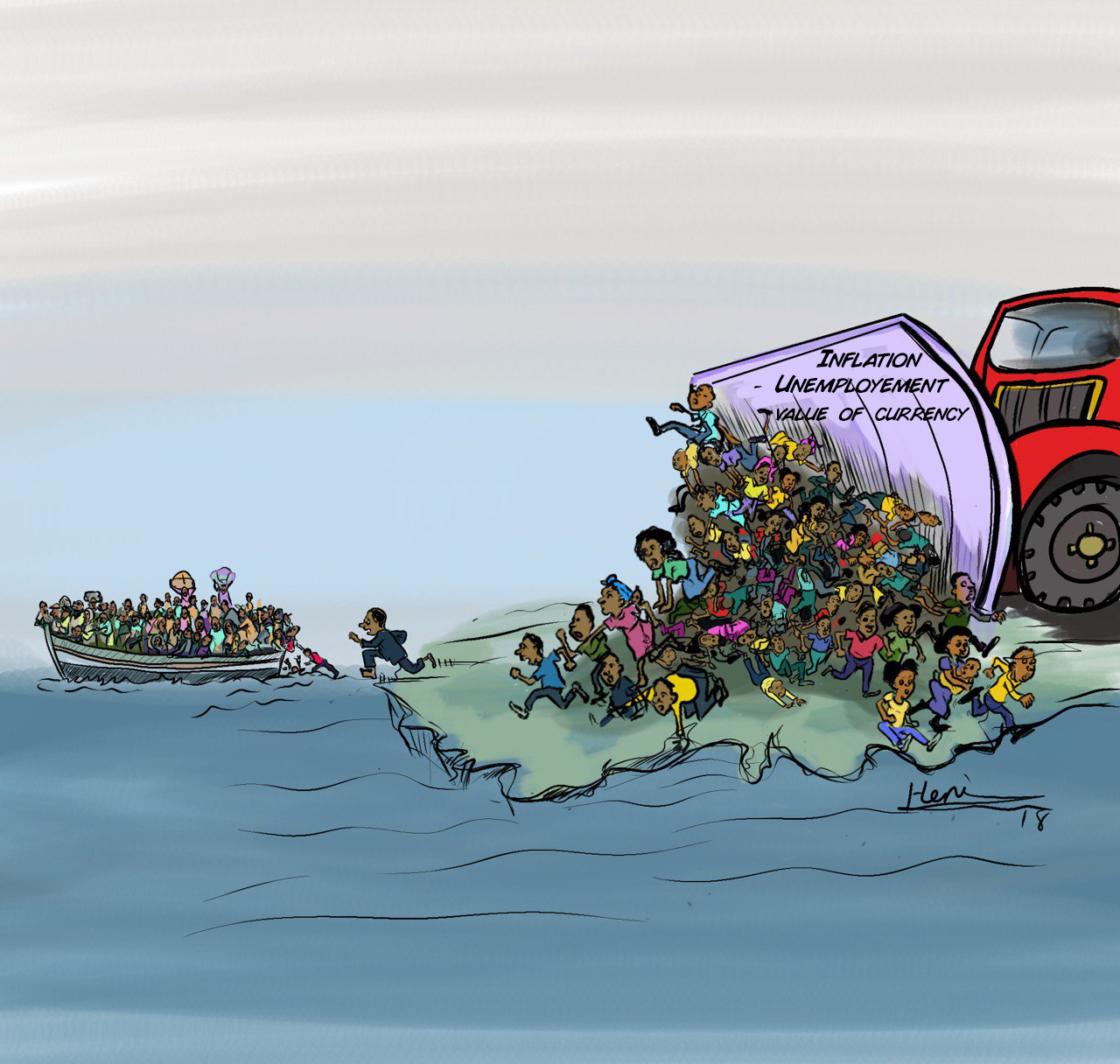
Oct 11 , 2025
Ladislas Farago, a roving Associated Press (AP) correspondent, arrived in Ethiopia in...
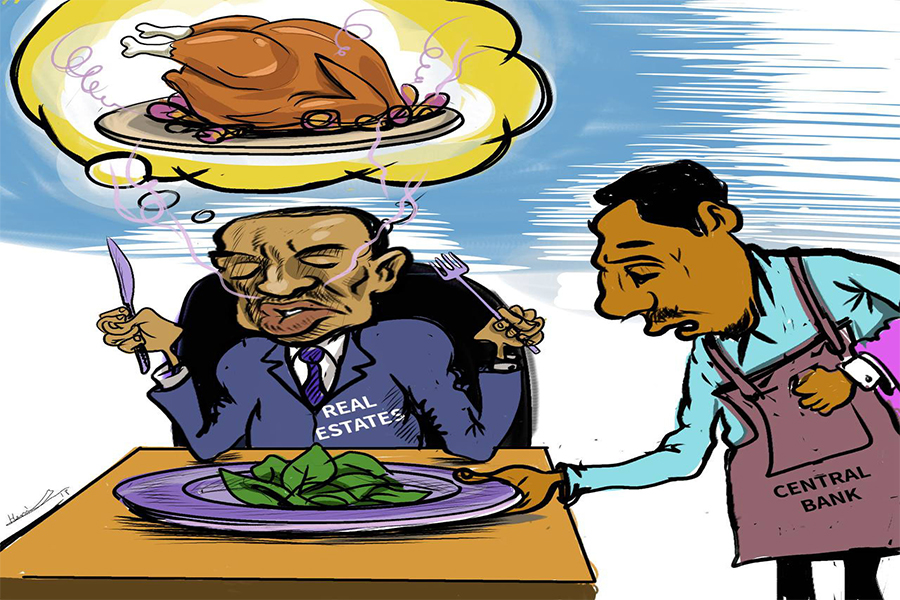
Oct 4 , 2025
Eyob Tekalegn (PhD) had been in the Governor's chair for only weeks when, on Septembe...
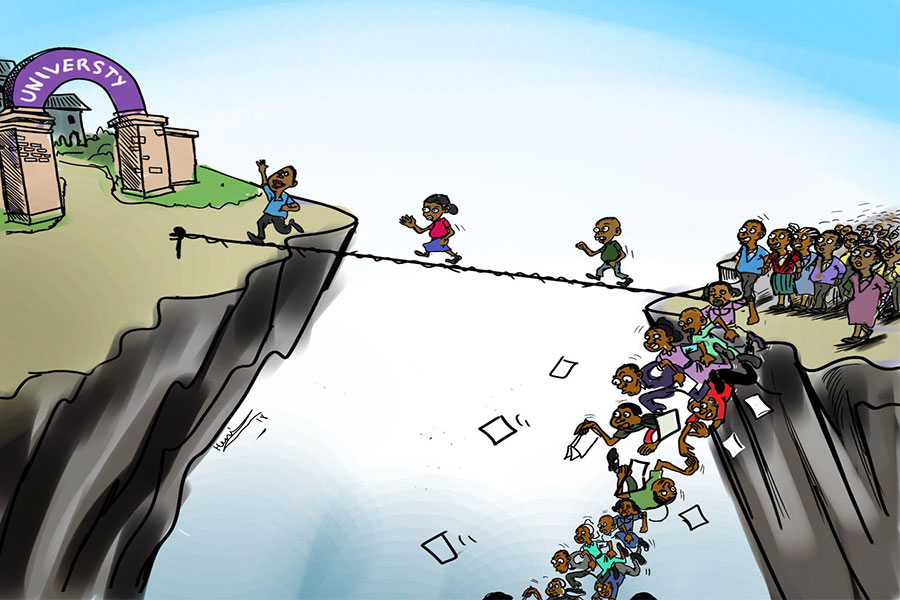
Sep 27 , 2025
Four years into an experiment with “shock therapy” in education, the national moo...
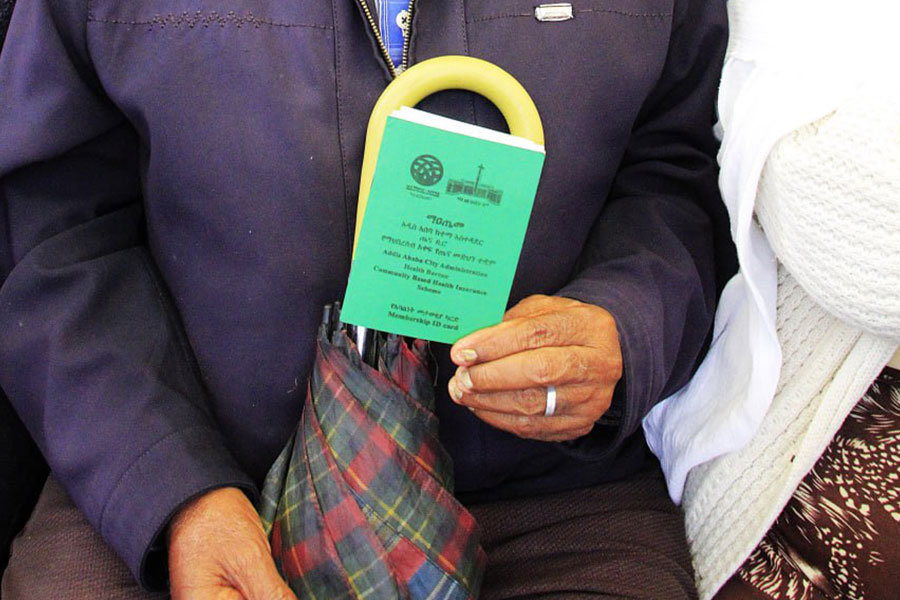
Oct 18 , 2025 . By NAHOM AYELE
In a sweeping reform that upends nearly a decade of uniform health insurance contribu...
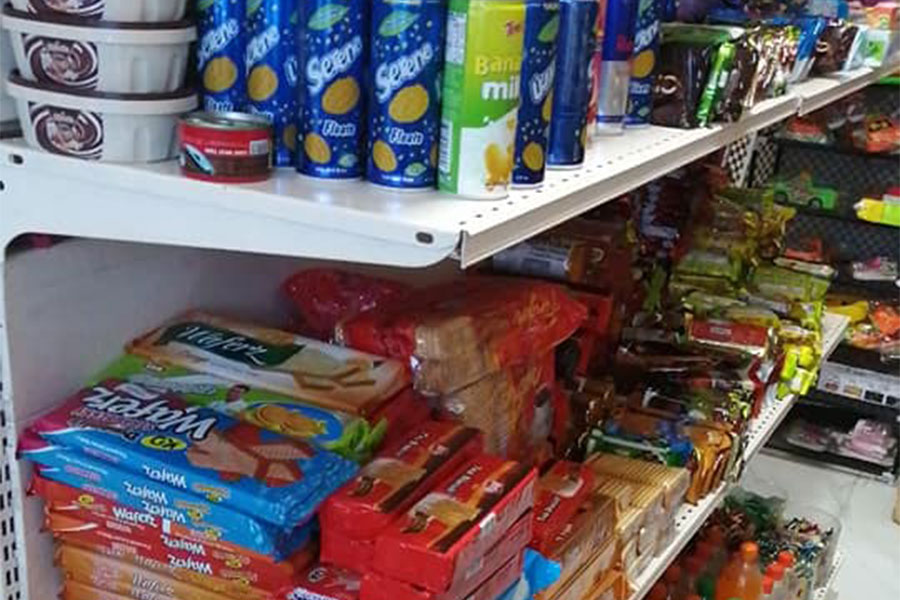
A bill that could transform the nutritional state sits in a limbo, even as the countr...

Oct 18 , 2025 . By SURAFEL MULUGETA
A long-planned directive to curb carbon emissions from fossil-fuel-powered vehicles h...

Oct 18 , 2025 . By BEZAWIT HULUAGER
Transaction advisors working with companies that hold over a quarter of a billion Bir...